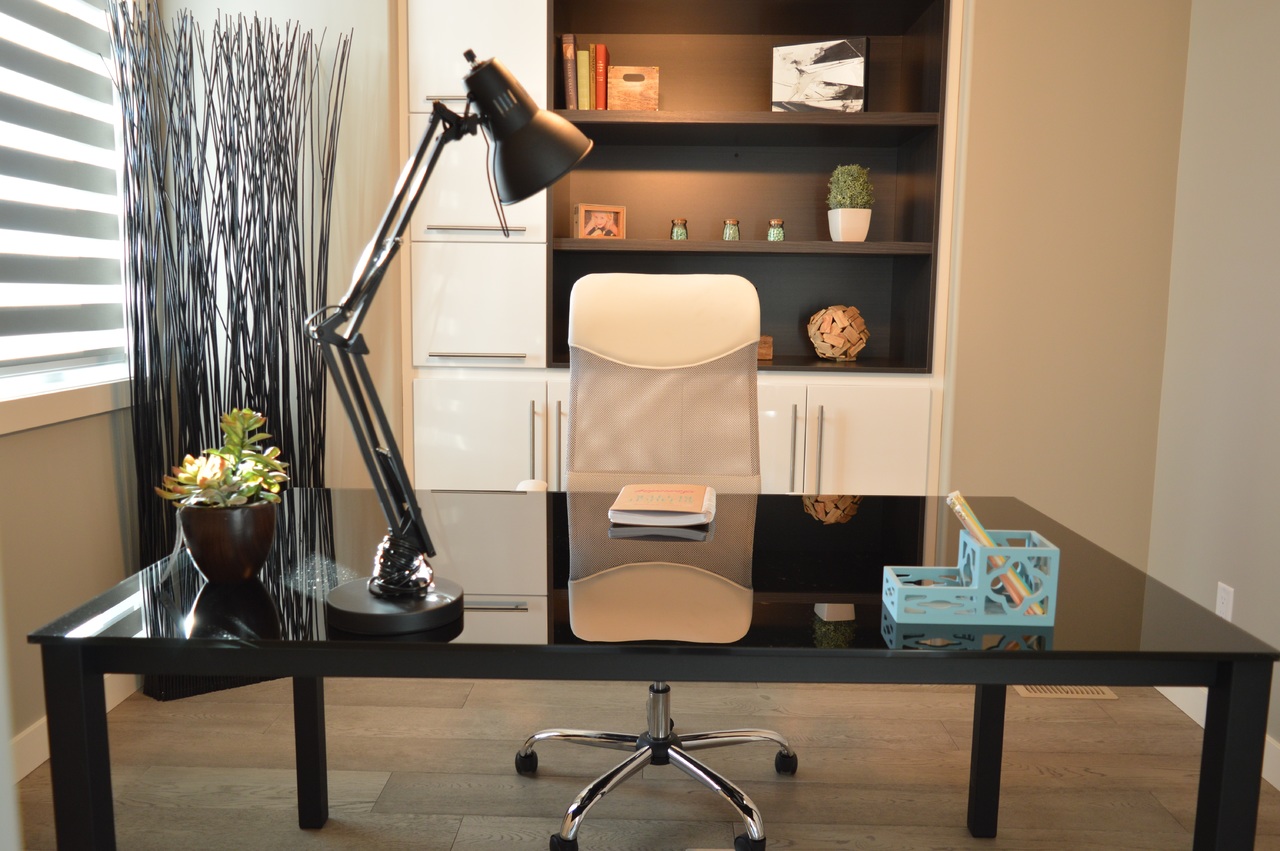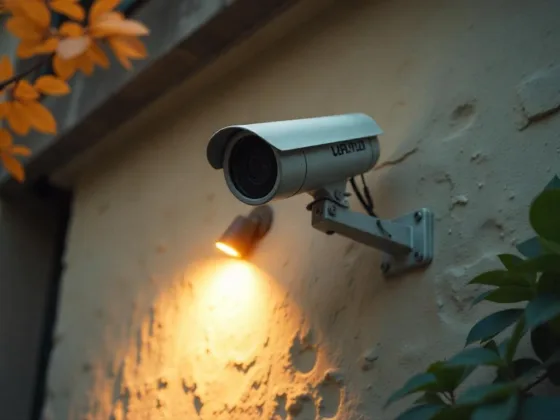Table of Contents Show
Did you know 42 percent of the labor force in the US work from home? If you started working from home and need to set up an office, we can help.

In this guide, we’ll go over how to set up an office. You will learn how to organize your office space, so you’re productive.
Want to learn more? Keep reading.
Read Also:
- Tips on How to Choose the Perfect Office Furniture that keeps Your Workspace Flexible
- Office Interior Decor That Will Boost Your Employee Productivity
- Should Small Businesses Rent Office Space or Work From Home?
- 6 Essential Office Must-Haves You Should Be Purchasing
- Looking for The Best Office Furniture Online?
What Supplies Do You Need?
What you’ll need to get for your office will depend on your work. Do you need a large worktable because you’re a graphic artist? You might only need a small desk.
Consultants tend to need extra space for their filing cabinets. A photographer will need storage space for their lighting equipment and props.
Does your employer have specific rules about the equipment you use? Create a list of the things you’ll need for your home office. Start setting up a space that will meet those needs.
Pick a Specific Space
Your office should be in a quieter space in your home, giving you some privacy. If you share the house with a partner, roommates, or children, you need to find a specific space.
A spare room can reduce the noise in your home if you need to use the phone often. Consider picking a room at the entrance of your home if you need to meet up with clients.
Dedicate a studio space in your home if you need to spread out tech or design equipment.
How Is the Lighting?
Set up an office that has enough natural lighting. Cooler light like daylight will improve alertness and productivity. Exposure to sunlight will impact your mental and physical well-being.
Try to work in a space that has natural light so that you can reduce eyestrain and headaches. Pick up a small desk lamp.
Get a Work Phone
One of the benefits of working from your home is that you will reduce costs on overhead. Yet, you may need to invest in a phone line for your business.
A shared voicemail will sound unprofessional and could confuse your clients. Get a phone line for your home office.
Do you need to make a lot of appointments or take a lot of calls? Consider looking into https://priceithere.com/answering-service-prices/ for an off-site receptionist.
Getting Rid of Distractions
People find that working from home can get distracting. Try to get rid of any distractions. Do you surf the web on your laptop? Turn off the internet while you complete a task.
Make sure you put away your smartphones. Smartphones tend to interrupt our work and lower our productivity. When your power is off on your phone, you won’t get interrupted by its vibrating, or ringtone.
You can’t afford wasted hours. Make sure you set strict times for when you can check your smartphone. Otherwise, you’ll lose your focus.
If you need to check your phone for work, place it in a dedicated spot. Take it out when you need to check it, but store it away once you’re done.
Keep Your Business and Personal Life Separate
Try to keep your personal life from crossing into your business life. Set up a business bank account. This way, you won’t mix up your home expenses with business expenses.
Make sure you store client records and financial records in your office. Segment your business records from personal paperwork. You will have an easier time during tax season.
The IRS will go over tax deductions connected to your home office. Prove that your office is a dedicated and separate area. This way, you’ll avoid an audit.
Your home office should only get used for work purposes and be the main area for your business. You can’t keep your eye on kids while they’re in another room. You need to run your business from the home office space.
Track Your Time
People are often more productive when they get up and move around during the day. A short mental rest period will help improve your focus and break up your workday.
If you work from home, you might end up forgetting to take these short little breaks. Make sure you track your hours by using an alarm on your phone or keep a clock above your desk.
If you forget to take the breaks, you can add them to your planner. Work for 25 minutes and then take a short five-minute break. Go outside for a short walk or text a friend. Don’t skip these breaks.
Maintain a healthier work-life balance by taking breaks.
Maintain Proper Posture
When you set up your office space, take a look at the position of your computer.
When you gaze at your screen, your spine should remain in a neutral position. Make sure the top of your screen is a little below or at eye level.
Put the computer screen 20 inches away from your eyes. You should gaze down a little when you look at the middle of your screen. This way, your neck is in the proper alignment, and you aren’t straining it.
Computer screens tend to be adjustable. Look into buying a screen riser or use an old box.
Add Greenery to Your Office
Pick up a few plants for your workspace. If you aren’t a green thumb, ask a florist to recommend a low-maintenance plant. Plants can make you feel happier at work and boost your productivity.
Now You Know More About How to Set up an Office
We hope this guide on home offices was helpful. Now that you know how to set up an office start planning your design. Pick up a few plants, get proper lighting, and get rid of distractions.
Keep browsing our other helpful resources on trends, lifestyle, and more.










